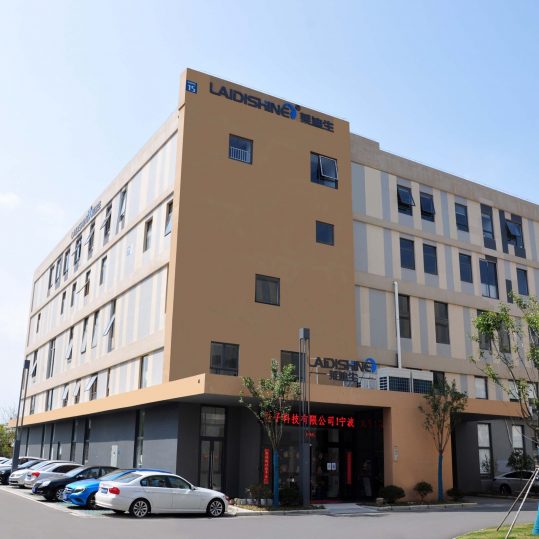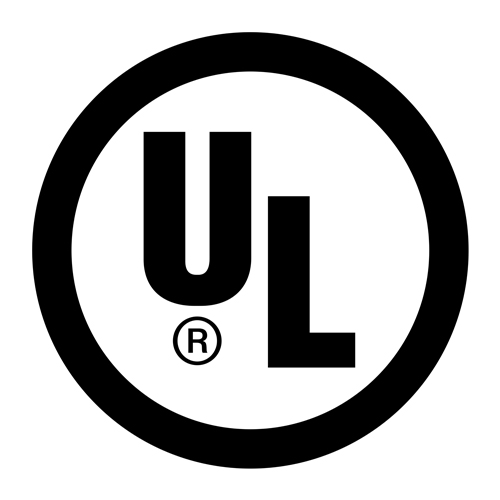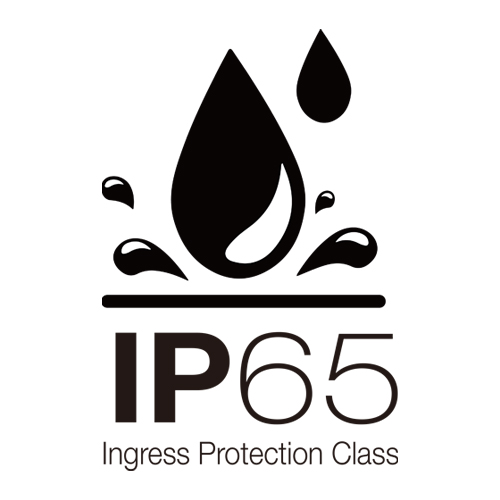The keynote presentation, delivered by Dr Paul Bannister, L.AIRAH, repeated this call to action, and explored the role refrigeration will play in reaching net zero. Dr Bannister noted that the cold chain sector on its own represents more than 4 per cent of Australia’s total emissions, and there is plenty of low-hanging fruit for reducing both direct and indirect emissions.
Australia’s key strategy for reducing direct emissions is the phase-down of highly global warming refrigerant gases called hydrofluorocarbons (HFCs). Pat McInerney from the Department of Agriculture, Water and the Environment provided an update on the program, and showed how it is enabling Australia to meet our commitments under the Montreal Protocol. Rodney Cumming, Affil.AIRAH, from the Australian Refrigeration Council (ARC) was also on hand to explain how the ARCtick licensing scheme is supporting the HFC phase-down.
When it comes to reducing indirect emissions, the path forward is improving energy efficiency. Accordingly, many of the presentations at Refrigeration 2022 delved into topics such as component selection, pipe sizing, control strategies and design principles.
But, as the delegates pointed out, having greener gases and systems is not enough. Perhaps the biggest challenge of all is to support workers to familiarise themselves with the new technology – particularly when many of the incoming refrigerants are flammable, toxic, or work under very high pressures.
“Industry has basically said that keeping up with trends is quite difficult and understanding the best practice for the latest products would be an advantage,” says Rene Le Miere, Affil.AIRAH, SuperCool Asia Pacific, who sat on the organising committee.
“It is also very clear that the industry is losing knowledge every year. We need to educate and train new people coming in and also refresh concepts to enable better system design as we move to a lower carbon footprint.”
In response, the entire first day of Refrigeration 2022 was dedicated to education sessions. This included fundamentals of refrigeration, guidance on energy efficiency, and a coolroom design workshop.
Installing LED lightings in commercial refrigeration can reduce carbon footprint. Are you considering replacing traditional fluorescent lights with LED lights? We have a plan to help you, please do not hesitate to contact us.









